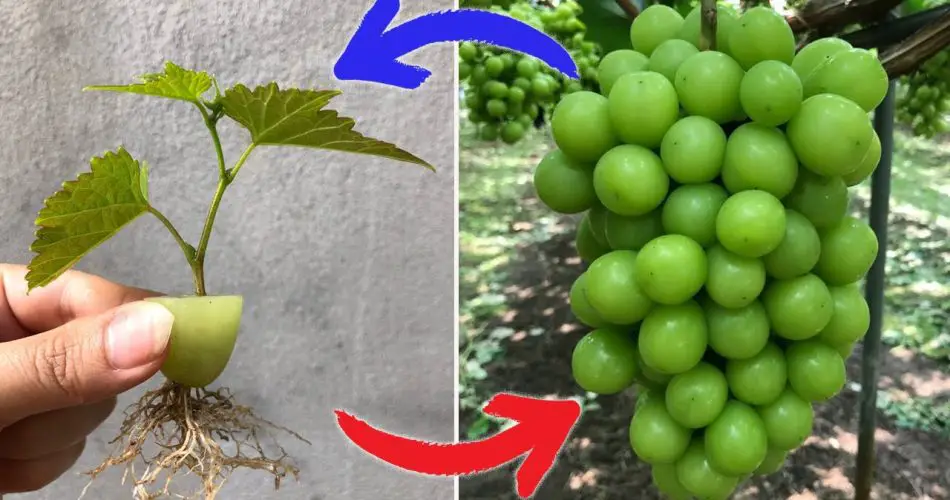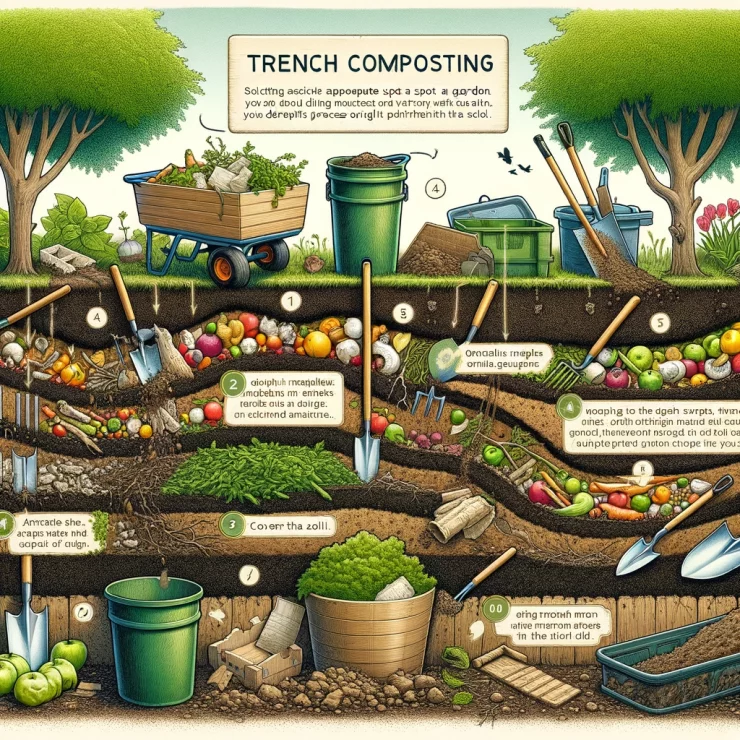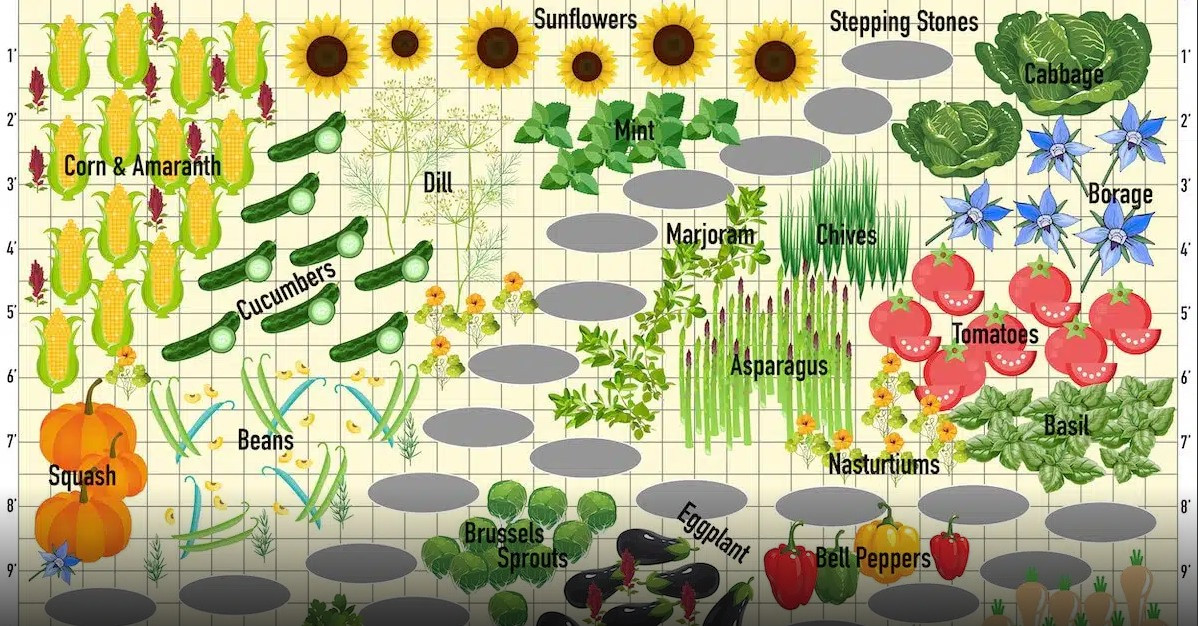
“Grapes Unleashed: Surprising Secrets to Effortless Propagation”
Unlock the secrets of grape propagation with a surprisingly simple method that turns your grape-growing dreams into reality. In this article, we’ll explore an unconventional yet effective way to propagate grapes, leaving you pleasantly surprised by the ease and success of this technique.
The Surprising Grape Propagation Method:
- Choosing Healthy Vines:
- Start your grape propagation journey by selecting healthy and disease-free grapevines. Opt for varieties that thrive in your climate and soil conditions.
- Identifying Suitable Nodes:
- Nodes are the key to grapevine propagation. Look for healthy, well-developed nodes along the grapevine, as these are the points where roots will emerge.
- Pruning and Snipping:
- With a pair of clean and sharp pruning shears, carefully snip 6 to 8-inch sections of the grapevine, ensuring each cutting has at least one or two nodes.
- Removal of Excess Foliage:
- Trim away excess leaves from the lower part of the cutting, leaving a few leaves near the top. This helps the cutting focus its energy on root development.
- Rooting Hormone Dip (Optional):
- While not mandatory, dipping the cut end of each grape cutting into rooting hormone can enhance the chances of successful propagation. Rooting hormone stimulates the development of roots.
- Preparing the Planting Site:
- Choose a well-draining location with fertile soil for planting your grape cuttings. Ensure the site receives adequate sunlight, as grapes thrive in sunny conditions.
- Planting the Cuttings:
- Insert the prepared grape cuttings into the soil, burying them at least a few inches deep to encourage the development of a robust root system.
- Consistent Moisture:
- Keep the soil consistently moist but not waterlogged. Adequate moisture is crucial for the establishment of roots in the newly planted grape cuttings.
- Shelter from Harsh Conditions:
- Protect the newly planted cuttings from extreme weather conditions, providing a temporary shelter or covering if necessary. This helps them focus on root development without added stress.
- Patience and Observation:
- Grapevine propagation requires patience. Regularly observe the cuttings for signs of root development. As roots emerge, the cuttings are on their way to becoming independent grapevines.
Conclusion:
Propagating grapes might seem like a complex endeavor, but with this surprising method, you’ll find the process remarkably straightforward. By leveraging healthy vine cuttings and paying attention to key factors like nodes, pruning, and consistent moisture, you’ll be delighted to see your grape cuttings transform into thriving vines. Embrace the simplicity of this propagation method, and soon you’ll be enjoying the fruits of your surprising grape-growing success.


